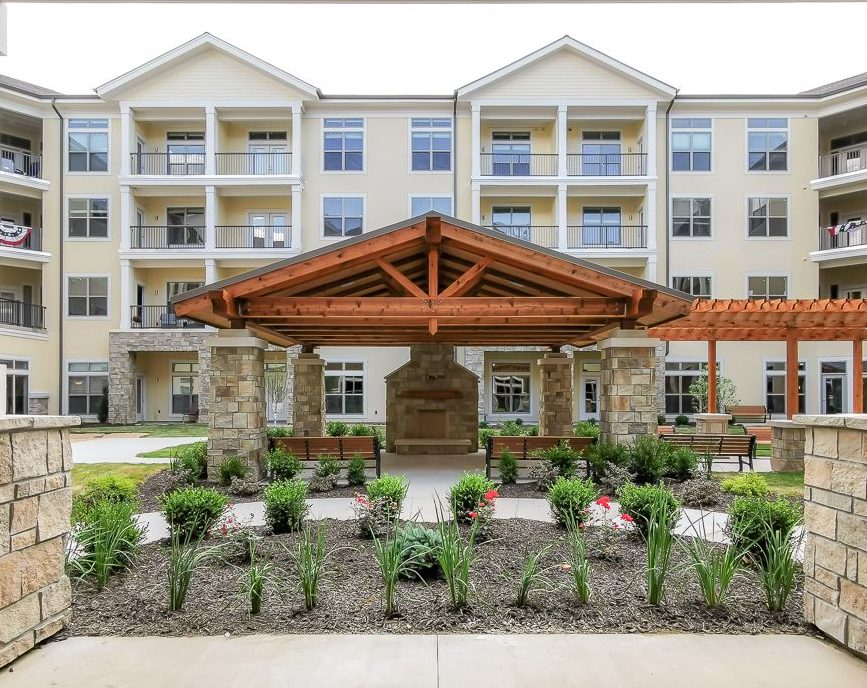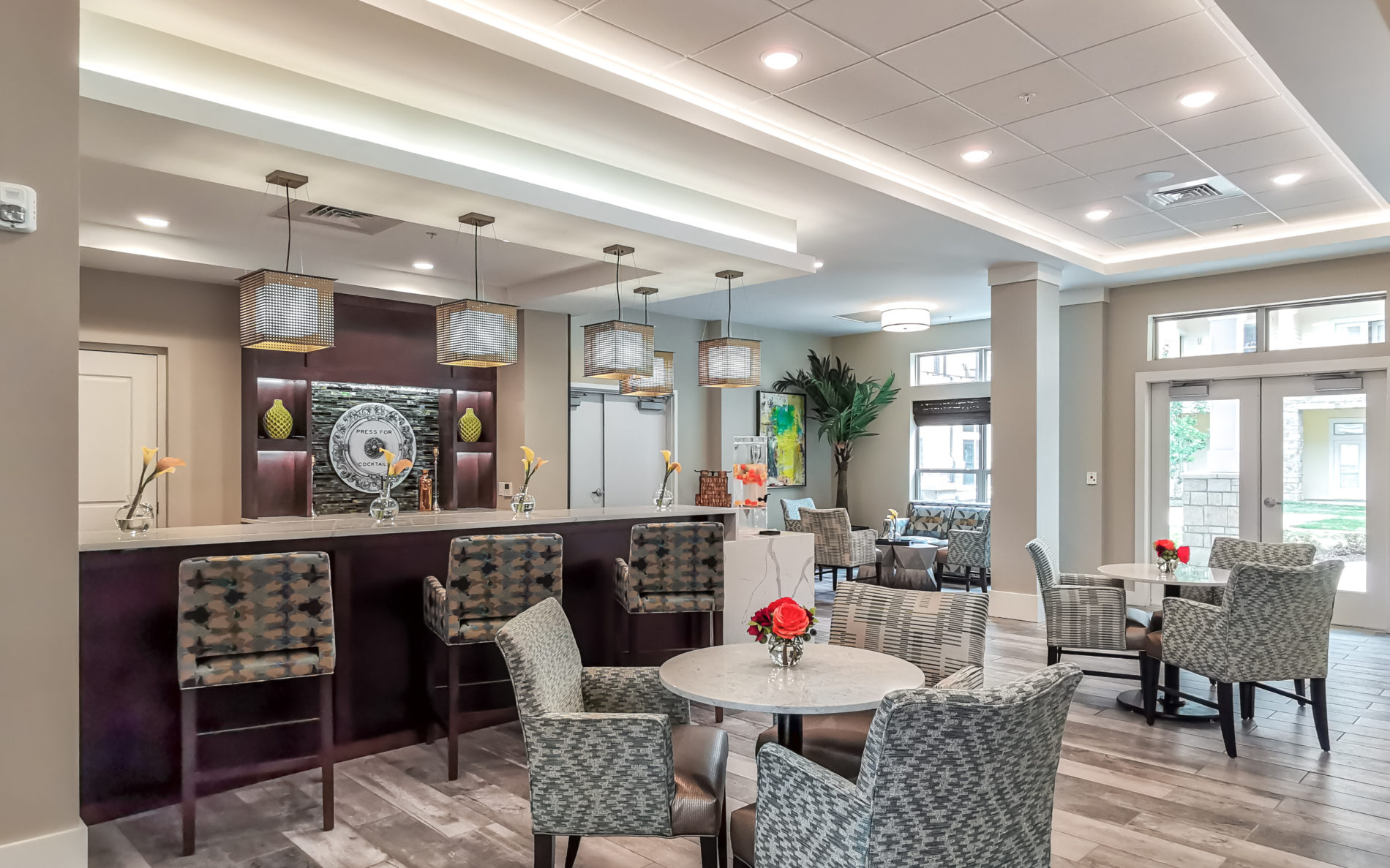
Choosing a Retirement Community
According to the National Institute of Health, more than two million elderly Americans live in retirement communities. Whether you are actively looking for a retirement community for yourself or a loved one, or you know a search is on the horizon, it is tricky to figure out where to start. Making this critical decision requires asking questions – what type of community is the best fit, what daily resources do you want, what cost structure is most comfortable for your resources, what health services do you need – and sorting through all this can feel like swimming in the ocean with no land in sight.
Finding your way through the noise and focusing on real information is easier than it seems. Choosing the right retirement community begins with asking the right questions and understanding what to look for in a retirement community.
What are the Benefits of a Retirement Community?
A retirement community can offer services that provide peace of mind to caregivers and their elderly loved ones. Some people seek out retirement communities for the social opportunities, while others are drawn to the security and health support. No matter what your priorities are, there are clear and proven benefits of a retirement community, including:
No burden of home maintenance.
Yard work and keeping up a home can take a toll on a person with limited mobility. Mowing the yard, raking leaves, shoveling snow, weeding flower beds and making home repairs may be simple activities when you are young, but for older adults these can be daunting tasks. In retirement communities, the maintenance is provided for you and is included in your cost. There are no surprise bills for furnace repairs or plumbing and you can count on all issues being addressed for you.
Fun at your fingertips.
Getting older does not necessarily mean you lose interest in your social life. Retirement communities not only provide on-site access to medical care and meals, they also have a variety of social opportunities on the grounds of the community. From wellness centers to beauty parlors and grocery shopping, there are many ways to meet with friends and add adventure to your daily routine.
Providing safety and security.
Within retirement communities, there are no concerns with a resident taking an evening walk or identifying new health symptoms. Often, retirement communities have guarded, secure entrances and exits that give everyone peace of mind.
Maintaining independence.
Because of the security and health services in place within retirement communities, it is easier for residents to maintain their independence. Easy access to amenities and personal care services means that residents do not have to ask for help or for transportation – they can handle their daily routines on their own. Independence also allows residents to maintain their privacy, while providing them support in any ways they require.
What to Look for in a Retirement Community
So, if all retirement communities provide similar services and amenities, how do you choose a senior living community? The answer to that question is very personal – when choosing a retirement community, you should look for the things that matter the most to you. Here are five common examples:
- Cost – If cost is a barrier, make sure you understand what the monthly charges are, what they cover and what variable costs may be.
- Reputation and history – When choosing a retirement community, is it important to you to choose a community with a long and strong history? Find out how long the community has been in business and understand its reputation.
- Medical services and accreditation – If you have many medical concerns, it is imperative to understand what services are offered on-site and who will be overseeing your care plan. Also, different states have different accreditation standards. If this is important to you, research the standards in your state prior to exploring the communities.
- Employee metrics – Do you want to build lasting relationships with the caregivers and staff? If so, you may want to look into staff turnover metrics and staff satisfaction. The way a retirement community treats its staff is an indicator of the overall culture.
- Wellness options and exercise plans – What resources does the community offer and are they the ones you want?
Choosing a Retirement Community
After doing the research and exploring your options, actually choosing a retirement community usually involves making on-site visits to those you are considering. When you are at the community, it is important to look for signs, both positive and negative, and to ask the right questions. Here are some sample questions you may consider asking a manager or mulling over during your tour:
- Is the community attractive? Could you feel comfortable here?
- Do the floor plans support your physical needs or limitations?
- What is the visitation policy?
- How close is the community to places you want visit and people you want to see?
- What amenities are on-site?
- What is meal service like? Are there are restaurants on-site? Do you like the menus at the common cafeteria?
- What technology is offered and supported?
- How do the staff members and residents interact? Do people seem happy?
- Are care plans in place for each resident?
- Does the community provide amenities that support the cost?
- What forms of payment are accepted?
Planning for the Future
If you are exploring retirement communities in the Kansas City area, Tiffany Springs Senior Living is a unique senior living facility offering both comprehensive aging care and independent living options. The community has a wide variety of on-site amenities, including walking paths, beauty services, a spa, a therapy gym and a yoga studio. Contact us today to learn more about the ways our community can support you and your family.





